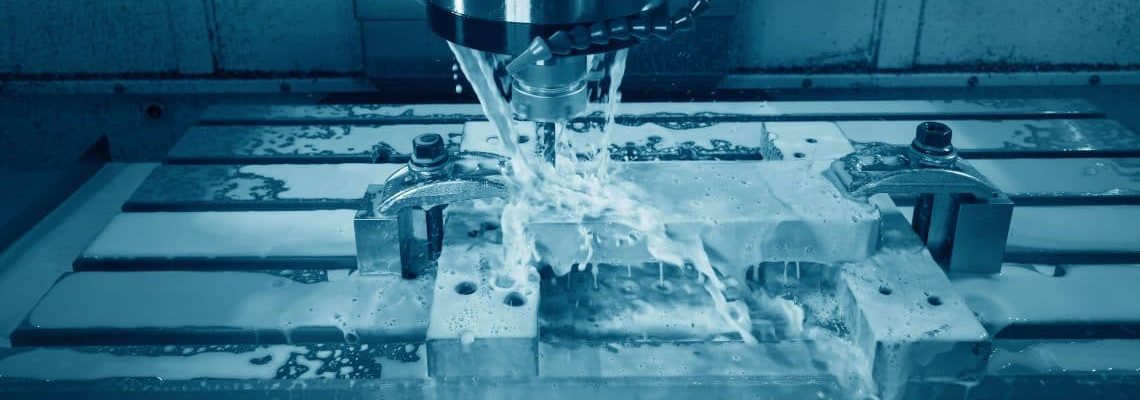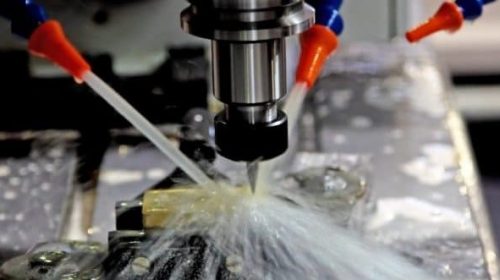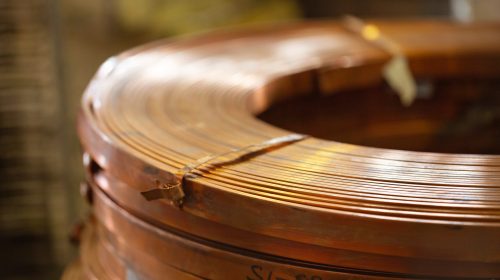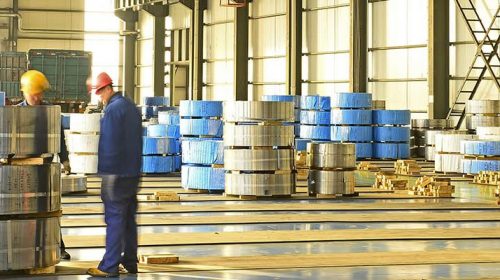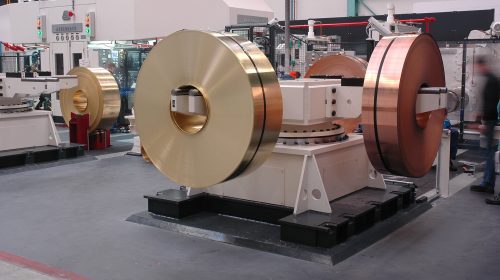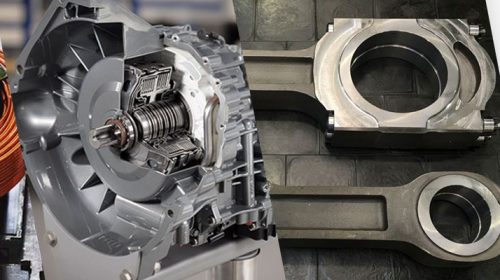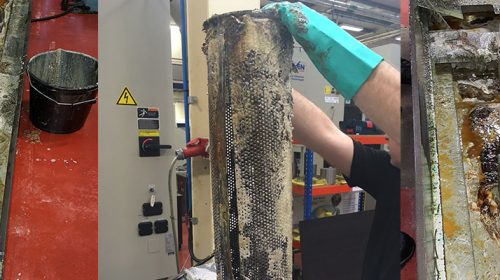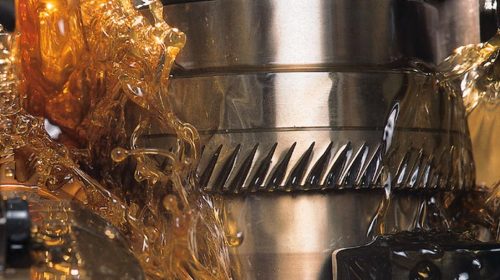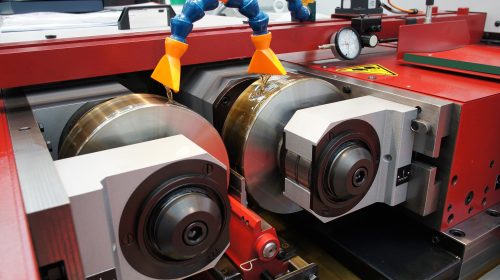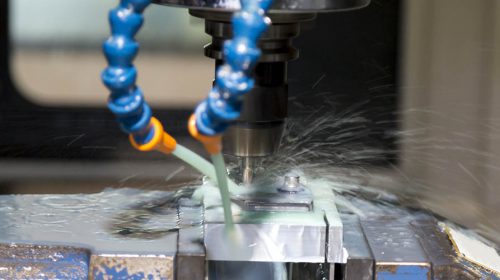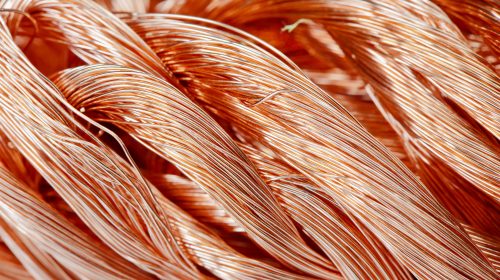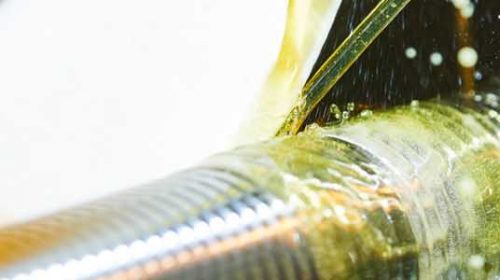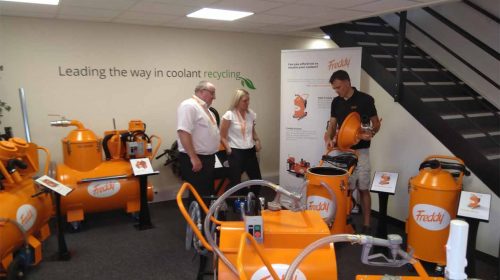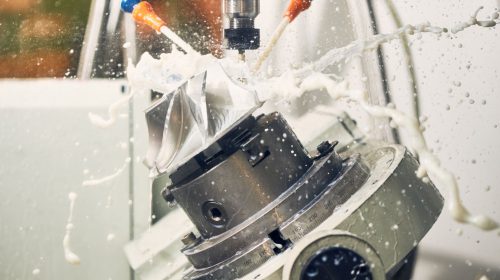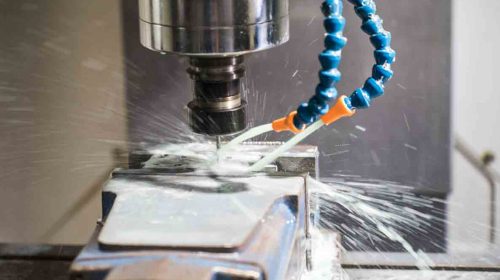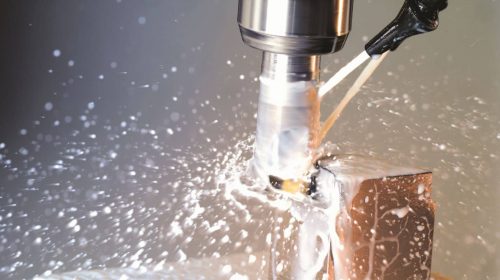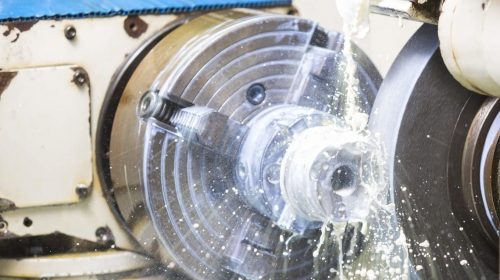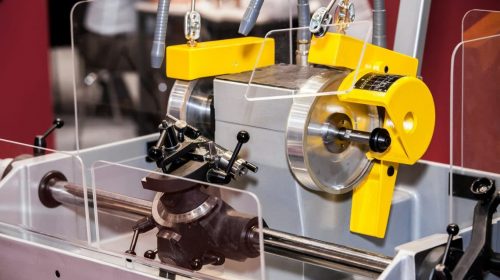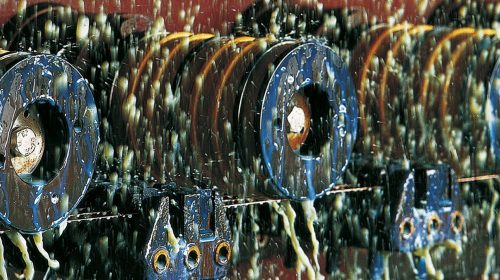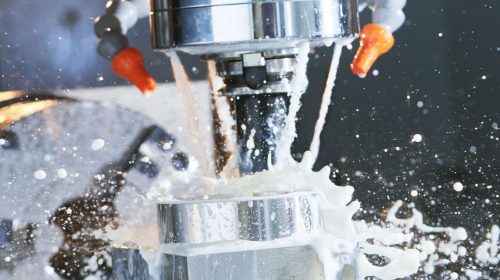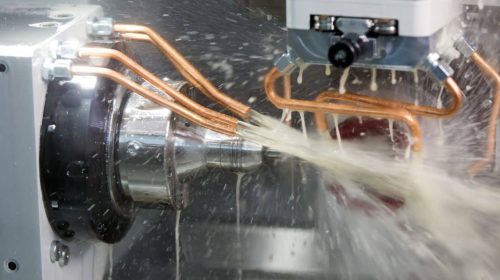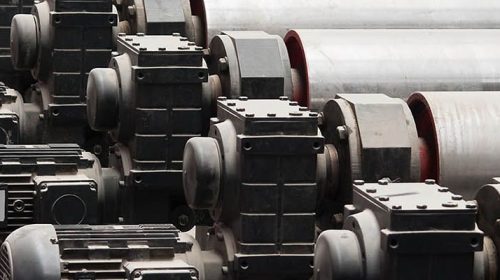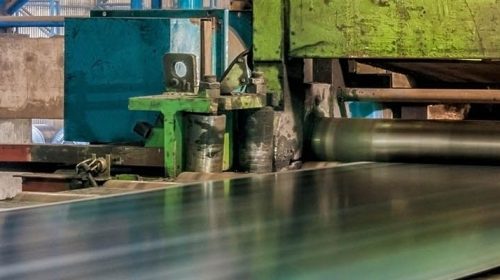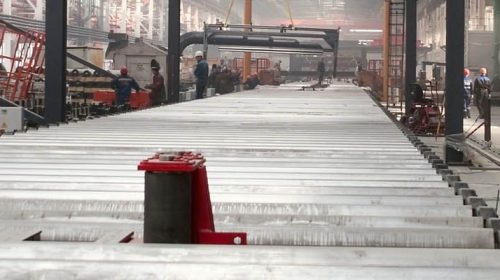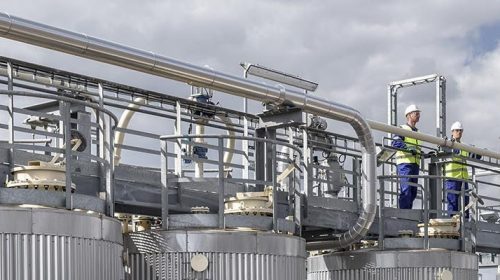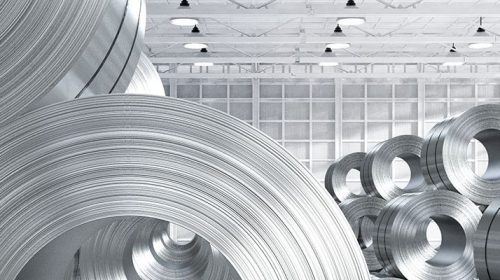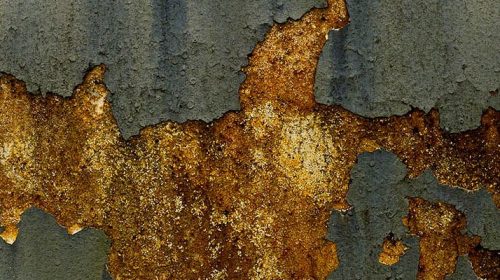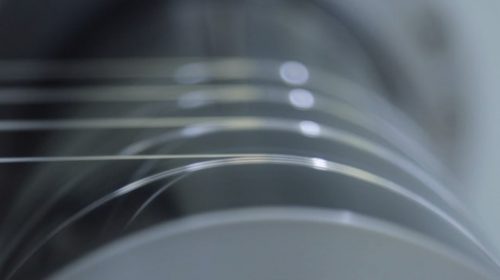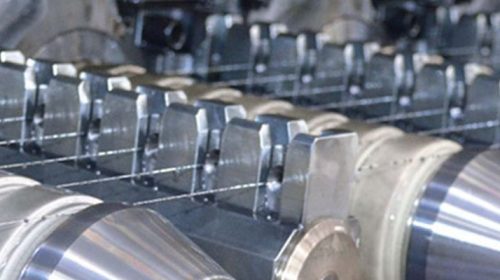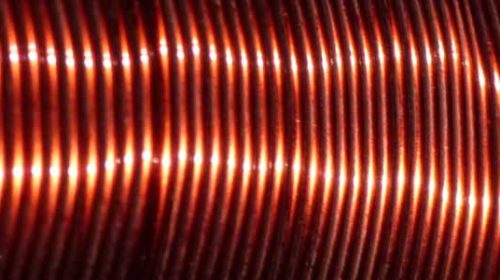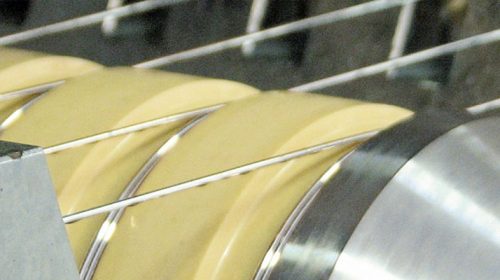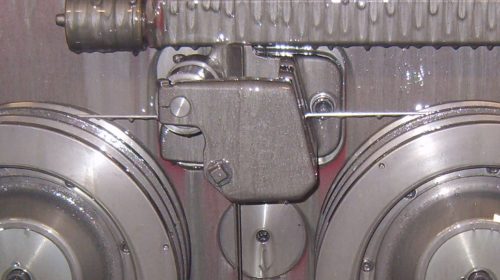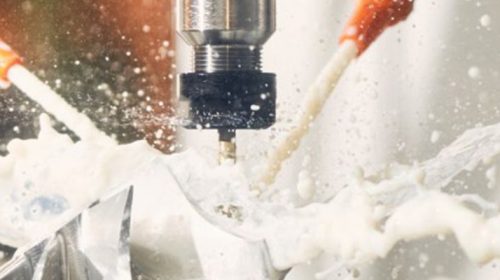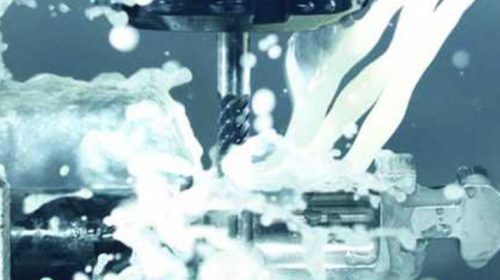5. Have a proper maintenance of the MWF
Concentration and pH
Poor control of MWF concentration and pH is usually the main cause of problems. In fact more than 70% of the times a company has problems with MWFs it is due to this. So it is important that MWF maintenance is performed regularly and by trained people. Some MWF suppliers will provide this service in part or in full.
In small and medium size shops it is recommended that there is one person responsible for maintaining the MWFs. In large shops one person per shift should have this responsibility.
It is important that these responsible people are properly trained to perform concentration and pH adjustments but they should not be allowed to add bactericides, emulsifiers or other materials.
Water alone should NEVER be added to the MWF to adjust concentration. A small quantity of fresh MWF should always be pre-mixed with the water.
MWF mixing is best accomplished by the use of automatic proportional mixers, which control the concentration, mix better and eliminate any errors. It can also save around 10 percent of MWF.
MWF concentration can be determined by the use of a refractometer.
The MWF pH should normally be between 8.5 and 9.8, bacteria growth increases when the pH is lower than 8.3 and carbon steel can rust with pH lower than 7.5. A high pH must be avoided because skin can react to the alkalinity of the MWF.
MWF concentration and pH should be checked daily, or more regularly in very special cases.
Prevent or remove MWF contamination
Organic components can provide nutrients (food) for bacteria and fungi which allows them to grow exponentially. This leads to the generation of metabolites such as organic acids and aldehydes which generates malodours, lower pH, and can be harmful to the operator.
Tramp oils are of particular concern but other sources include; dust, debris, human contact or from the water source. The additives within the MWF can also be a source of nutrient for bacteria such as, phosphorous or sulfurized additives. For this reason it is important to talk to your supplier to ensure the cutting fluid offers the best balance for the operation.
Chips from cutting or grinding also contribute to an increase microbial growth since they provide a surface area, so all machines should be equipped with filters and conveyors for them to be removed from the MWF. It is advisable to remove them weekly or every 2 weeks, the more regular and more thorough the better the MWF will perform in the short and long term. The machine tanks should be annually cleaned. The storage of the MWFs is also important and they should be stored indoors (between 10°C and 40°C). If outside storage cannot be avoided the drums must be covered or set sideways. Even after taking every possible measure, tramp oil and metal chips will be present in the MWF so it is important to remove them and this can be done using filters, separators, skimmers or high speed centrifuges.
Don’t use bactericides in excess and save money when disposing the MWF
Bactericides kill bacteria but they can also be harmful so they should only be used when deemed necessary to control bacterial growth. Over use of biocides can result in the used MWF to be considered hazardous waste, therefore limiting the disposal options and increasing its cost.
6. Record keeping
Companies often don’t know the real cost of MWFs and assume the cost is simply their price per litre, but MWFs can influence many other costs in the production process. Because of this it is always advisable to keep records of the process to make sure the MWF is suitable for them. Here are a few factors that should be tracked:
- MWFs – Each machine should have a brief description of the sump capacity, the type of MWF used, mixing ratios and initial parameter readings, water quality data, monitoring data including concentration and pH readings, microbiological monitoring data and inspection observations, adjustments made as part of the MWF maintenance, MWF disposal frequencies, including dates of MWF cleanout and reason for it, quantity of machine MWF added (both cleanout and regular top-up), documentation of problems that occur and general comments.
- Tool life – A MWF can influence the amount of re-sharpening or the replacement of tools. A good MWF can increase a tool life by 2 or 3 times.
- Surface Quality – Also influenced by the MWF and in close connection to the tool life the surface finishing is an important factor. A poor quality finishing can be related to an inadequate lubricity or cooling provided by the MWF. A correct MWF will provide good quality finishing and no staining.
- Production rate – A MWF improperly chosen or in poor condition will influence the production rate by either reducing it or make it become unpredictable. When a good, clean MWF is in place the production rates should be more predictable and steady.
- Downtime – Also influenced by the MWF and in close relation with the above factors, the amount of downtime is related to the frequency of machine adjustments, sharpening, tool replacement, draining of the MWF, and machine cleaning, etc.
- Sickness costs – In some cases the quality of the MWF can also influence the amount of sick leave days in a company. Exposure to high levels of microbiological growth can have detrimental effect on human health.
- Filter costs – The quality of the MWF is use can influence the efficiency of filtration. It can also directly effect the amount of consumed filter paper and the frequency of cartridge filter replacement. Inadequate filtering can have a serious knock on effect when in direct contact with machined parts adversely affecting the surface finish and quality.
- Disposal –The volume of fluid disposed is directly related to the quality and maintenance of the MWF, the shorter the life of MWF the more frequent it will require disposal. This will have an obvious influence on increasing overall costs.
Conclusion
A proper MWF management program from selection through to maintenance and disposal will result in cost savings to any company that implements it. With simple changes or implementations savings may be achieved not only on the cost of MWF itself but in tools, machine maintenance, waste and employee costs. Not only will companies benefit from cost savings they will also benefit from more efficient and reliable production rates, improved end product quality and a safer more pleasant working environment.


